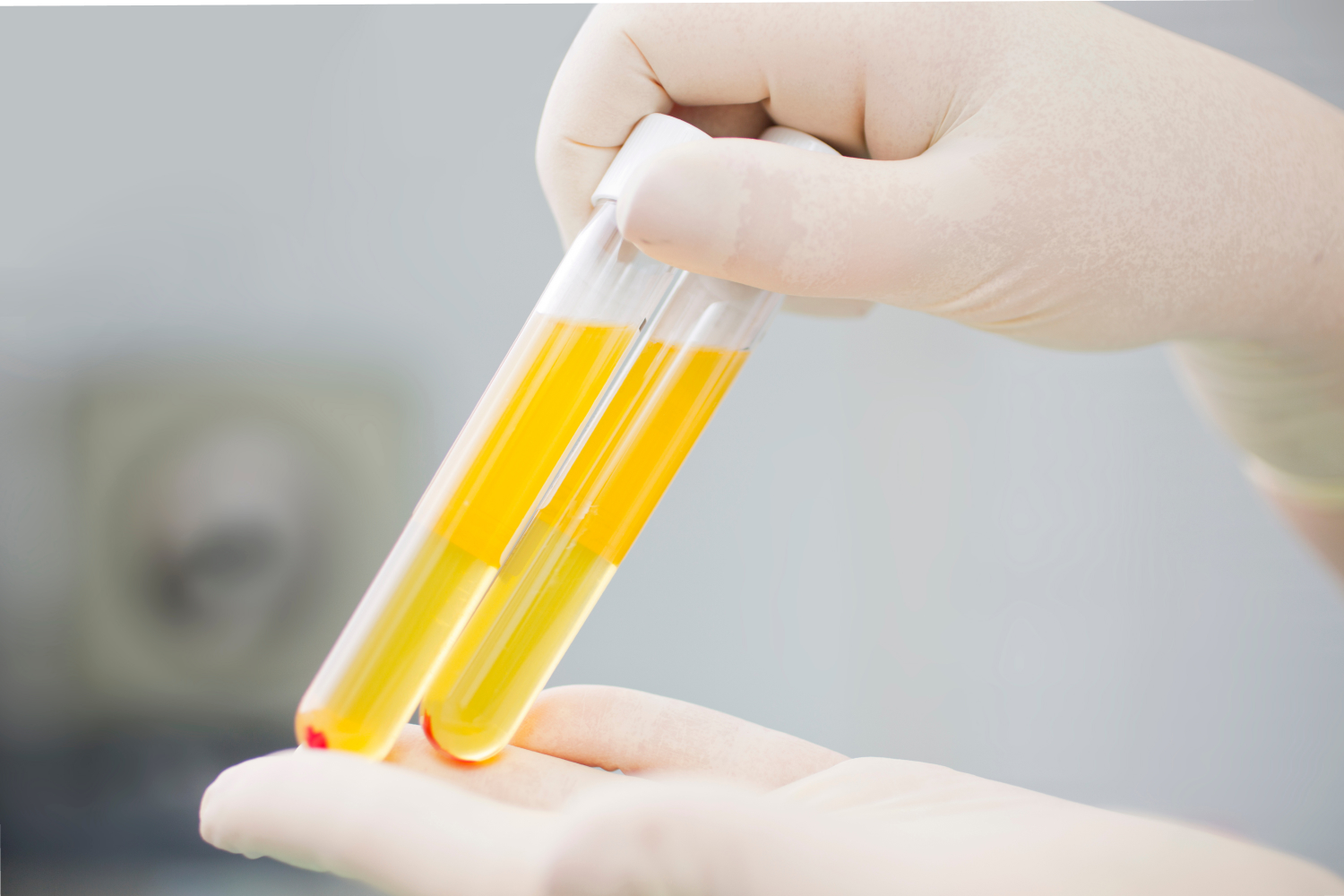Formalin-fixed paraffin-embedded tissues are essential to modern biospecimen research. As the name suggests, FFPE tissues are tissues that undergo a sequence of preservation techniques utilizing different chemicals to ultimately capture a living tissue in a biologically “frozen,” observable, and useful state.
What Exactly Is FFPE Tissue, and How Do We Obtain It?
Initially, human tissue blocks must be obtained from a tissue donor. This can be achieved through a single or small group of tissue donors in smaller research settings or through collections of tissues in large biorepositories or biobanks.
Clinical research organizations (CROs) sometimes have their own biorepositories or biobanks with thousands of tissue samples on hand or access to a vast network of high-quality tissue collections. Once the right tissue sample source is identified, the FFPE process can be initiated if necessary.
As a general overview, FFPE tissue is obtained utilizing a chemical formalin fixation process followed by a stabilization and preservation process known as embedding. Tissues are chemically fixed with neutral-buffered formalin, or formaldehyde, which halts any cellular or biological process in the tissue.
Formalin cross-links proteins in the tissue to form covalent bonds, resulting in stable tertiary protein structures that are no longer able to perform their biological function. Not only are tissue processes halted, but the tissue is also subsequently preserved to halt the natural decay process.
Next, the tissues are dehydrated using high-concentration ethyl alcohol or ethanol to remove any water that may counteract the preservation effect of the paraffin wax. Before sectioning, the tissues finally undergo incubation in a paraffin wax that is highly stable to light and temperature fluctuations, which is necessary for laboratory observation.
After deparaffinization, this wax-preserved specimen can be sectioned into slides to observe tissue and cellular structures at the microscopic level.
There are limitations to using FFPE tissue in research. One major one to consider is the use of formaldehyde and its effects on the DNA and RNA integrity of the tissue sample.
Formaldehyde can modify nucleic acids to the point of sometimes causing mutations in the DNA and RNA fragments.
While it can still be possible to extract useful genetic information from FFPE tissues, the preparation method and timing of preservation make a significant difference in specimen DNA and RNA integrity, observable through PCR (polymerase chain reaction) testing and amplification.
What Are Some Advantages and Disadvantages of FFPE Tissue Compared to Fresh or Flash Frozen Tissue?
FFPE tissues are widespread in clinical research for a variety of reasons. Compared to fresh or flash-frozen samples, they have advantages and disadvantages, such as decreased cost, greater availability, more accessible storage, and multiple-use scenarios for research.
On the surface, it is typically much easier to source FFPE tissue samples to meet research needs in more significant quantities. Storage at ambient room temperatures is a massive advantage for FFPE samples due to the preservation process halting natural decay, unlike fresh or flash-frozen samples.
This storage advantage also decreases overhead costs with no freezer maintenance requirements and no freezer storage space limitations. FFPE tissues require much less labor and equipment than their fresh or frozen counterparts.
Conversely, some research inherently requires fresh or flash-frozen samples. For example, some studies that need to examine natural cellular processes or cell decay require the use of fresh or frozen samples. Similarly, studies involving certain kinds of cellular analysis or morphology typically utilize frozen tissues over FFPE samples.
What Are FFPE Tissues Used For?
Besides common laboratory observation for educational histological and anatomical purposes, FFPE blocks have various applications in clinical research.
Tissue specimens are often collected from diseased and healthy donors and sometimes multiple times from the same donor.
For example, oncologists may collect a tumor tissue sample from the primary tumor site and other tumor excisions that have metastasized to distant body locations to compare the two.
Below we will discuss some of the most common implementations of FFPE tissue.
Antigen Retrieval and Immunohistochemistry
Once considered a limitation to using FFPE tissue in clinical research, modern science has advanced to the point where obtaining antigen information via immunohistochemistry (IHC) techniques has become a reality. This process involves identifying visually unobservable cellular characteristics of a biopsy sample using antibodies.
Exposing the FFPE tissue sections to a known antibody against a cellular characteristic, such as a cell receptor, transporter, or other antigens, can quantify the presence of the antigen to help guide tissue identification and possible targeted therapeutic agents useful in the field of oncology and hematology.
Using an immunoperoxidase method, researchers can obtain specific antigen information quickly and affordably. This information can make a difference in diagnosing a patient’s cancer accurately. Additionally, it can identify potential anti-cancer therapies and differentiate normal tissues from mutated ones.
However, this solution is not perfect. While FFPE tissues can be observationally stable for years, their accurate antigenicity can be lost weeks after preservation. You can overcome this inconvenience by promptly finding a suitable donor or tissue supplier utilizing CRO networks or prospectively identifying a donor with the tissues you need for your research.
Genomic Medicine
Next-generation sequencing (NGS) is quickly becoming the gold-standard method of analyzing FFPE tissue to study RNA and the resultant transcriptome.
Compared to the older gene expression arrays, this method can swiftly and accurately analyze FFPE tissues to capture novel information, such as single nucleotide polymorphisms (SNPs) and gene fusions in a single assay.
Combined with IHC techniques, NGS can tell us even more information about a donor’s FFPE tissues and specific diseases or genetic mutations.
In the future, we will be better able to utilize this genetic information and translate it into personalized medicine for a patient. Knowing the genetic differences in the tissues of a cancer cell versus normal cells can identify new diagnoses and treatment pathways that previously did not exist.
Once again, this application of FFPE tissue is not perfect. Quality control remains an issue, and formalin-induced genetic mutations are an all-too-common reality in some tissue samples.
Additionally, FFPE samples can be challenging due to high variability, low yield, and higher degradation of RNA source material compared to other methods of obtaining the same information. However, gene expression analysis is constantly improving, so researchers are hopeful to one day more widely implement the genomic data obtained from FFPE tissues.
On the other hand, FFPE samples offer certain advantages over fresh or snap-frozen samples as a source of DNA for NGS. FFPE samples are considerably less costly and easier to access to maintain compared to fresh samples and are routinely collected as part of patient care.
By some estimates, there are between 400 million to 1 billion FFPE samples stored in hospitals and biobanks worldwide, with easy-to-access annotations linking them to different diagnoses, drug responses, and biomarkers.
Where To Get FFPE Tissues
Depending on your research needs, there are numerous places to source FFPE tissues. Large repositories and biobanks are excellent sources of fresh frozen tissue, particularly FFPE tissue, as they benefit from a wide selection and high quantity.
In contrast, individual donors may play a more specific, important role in your research if particular disease or tissue characterizations are known to be required prospectively.
Working with a leading global supplier like iProcess Global Research can be immensely beneficial in either strategy. iProcess has access to over 1,000 sites internationally and will work hard to obtain any biospecimen to meet even the most rigorous and demanding research needs.
In addition to obtaining suitable FFPE tissue samples, iProcess can be helpful in obtaining those samples at the right price in significant quantities without sacrificing optimal quality along the way.
Working with iProcess, you can expect to find a vast network of biorepositories, biobanks, and prospective donors to supply tissues for any specific research endeavor.
Extensive networking is invaluable with an ever-expanding knowledge of disease pathologies and tumor subtypes compounded by a growing scarcity of tissue samples depending on clinical requirements.
Conclusion
FFPE tissues play an integral role in modern research. Investigating and applying unique tissue biomarkers, examining cellular structure differences, applying IHC techniques to discover antigenicity, and furthering our understanding of the role DNA and RNA play in specific tissue types are all essential functions of FFPE tissues in research.
Understandably, finding an established, dependable CRO like iProcess can streamline the FFPE tissue process from start to finish. Organizations that utilize iProcess can expect to find an experienced, networked biospecimen provider capable of finding any FFPE tissue for a research endeavor.
Contact us at iProcess for more information, or submit a free feasibility test here.
Sources:




